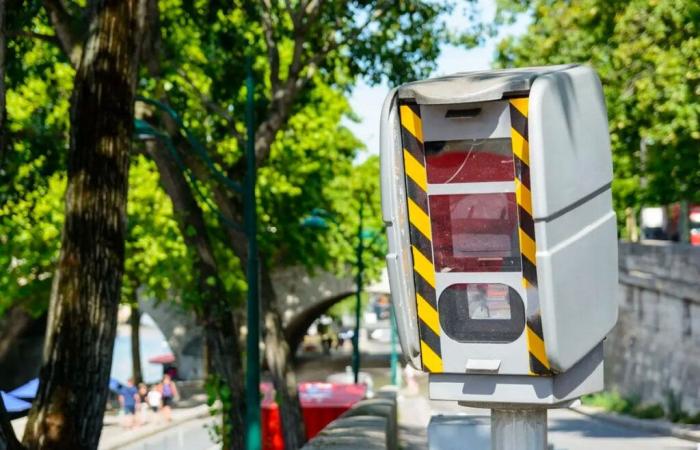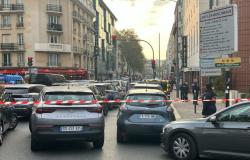Road safety in urban areas takes a new step with the arrival of new generation urban radars. These sophisticated devices, planned in the 2025 finance budget, promise to revolutionize traffic monitoring and crime prevention. Their expanded capabilities and strategic deployment raise questions about the future of city driving.
Cutting-edge technology for road safety
The new urban radars no longer just monitor speed. Thanks to theartificial intelligencethese formidable machines can now simultaneously detect several types of offenses:
- Speeding
- Crossing red lights
- Using the phone while driving
- Failure to wear a seat belt
This versatility considerably enhances the effectiveness of controls. The 500 radars planned will be capable of monitor speed and crossing traffic lights at the same time, thus optimizing the detection of dangerous behavior. Speed cameras will soon penalize three new infractions, which will considerably change the situation for motorists.
The main objective of these devices is to improve safety in urban areas, where the concentration of vulnerable users such as pedestrians and cyclists is higher. According to the Ministry of the Interior, speeding is responsible for nearly 32% of fatal accidents in cities, thus justifying the strategic positioning of these radars in high-risk areas.
Deployment and local management of urban radars
The “3DS” decentralization law (Differentiation, Decentralization, Deconcentration and Simplification of local public action) marks a turning point in the management of urban radars. Since February 2022, mayors have had the possibility ofinstall radars themselves in their municipalities, under the control of the State. This local initiative allows for better adaptation to the specificities of each urban area.
The State supervises this system by providing:
- Field equipment
- Necessary civil engineering works
- Antai infringement message routing services
- Access to the national treatment center
This new local management system should allow faster and targeted response road safety issues specific to each city. Some cities are already intensifying checks to track down driver violations, illustrating this trend towards more local management of road safety.
Impact on traffic and motorists
The arrival of these new urban radars will have significant repercussions on city driving. Here is an overview of the expected changes:
| Aspect | Impact |
|---|---|
| Number of violations noted | Significant increase |
| Fine revenue | Expected increase |
| Investments in sustainable mobility | Growth (cycle paths, pedestrian zones) |
| Behavior of motorists | Adaptation required |
The increased precision of these devices should result in increase in the number of offenses detected. Motorists will have to adapt to this reinforced surveillance, particularly in urban areas with heavy traffic. A new type of discreet radar on the roads accentuates this trend towards increased surveillance of motorists.
It is essential to note that part of the revenue generated by these fines will be reinvested in sustainable mobility infrastructuresuch as the development of cycle paths or the extension of pedestrian zones. This approach aims to create a safer and more suitable urban environment for all road users.
Towards a smart and safer city
Beyond their control function, these new generation urban radars are part of a broader vision of smart city. Connected to traffic management systems, they will contribute to:
- Improve traffic flow in large cities
- Providing valuable data to optimize signage
- Adjust traffic light management in real time
Real-time analysis of motorist behavior will make it possible to refine road safety strategies andadapt urban infrastructure to the real needs of users. This data-driven approach to urban traffic management could mark the start of a new era for urban mobility, combining safety, fluidity and respect for the environment.
With the planned deployment of these 500 new generation radars, in addition to the 12,000 automatic radars already in place (including 3,500 in urban areas), France is resolutely committing to a policy of high-tech road safety. Motorists will have to adapt to this new reality, where each infraction, even minor, can be detected and punished with unprecedented precision.






